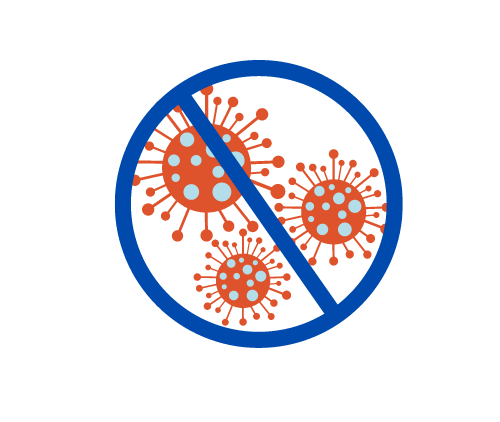
Bacterial DNA contamination can interfere with genomic DNA sequencing in several ways, making it less accurate and reliable.
Reduced sequence coverage: Bacterial DNA contamination can dilute the concentration of the genomic DNA, resulting in reduced sequence coverage. This can lead to gaps in the sequencing data and lower accuracy in the assembled genome.
False-positive variations: Bacterial DNA contamination can introduce false-positive variations, which can make it difficult to distinguish between genuine genomic variations and sequencing errors. This can lead to false-positive results in genetic analyses, which can have serious consequences for downstream applications.
Bias in gene expression analysis: Bacterial DNA contamination can also bias gene expression analysis by adding extraneous signals to the data. This can obscure genuine gene expression patterns and make it difficult to draw meaningful conclusions from the data.
Difficulty in identifying and removing contaminants: Bacterial DNA contamination can be difficult to identify and remove from the sequencing data, especially if the contaminant is closely related to the sample organism. This can make it challenging to obtain high-quality sequencing data that accurately reflects the genomic sequence of interest.
For these reasons, it is important to take steps to minimize bacterial DNA contamination during genomic DNA sequencing, such as using appropriate sample collection preparation techniques, quality control measures, and bioinformatics tools to remove contaminants from the sequencing data.
FACT: Mawi’s iSWAB-DNA is the only product on the market for DNA collection that actively prevents bacterial DNA from being released into the sample, resulting in a >95% pure genomic DNA sample.
Need More Info?
Is Bacterial DNA contamination affecting your sequencing results? Submit a free sample request below to consult with our team.
A Journey of Innovation and Vision – The Mawi Story…...
Mawi was founded with one major goal: to simplify sample collection, transportation, and storage while making the process as painless as possible, especially for babies and the elderly. The collected ...
READ MOREMawi DNA Technologies Partners with GenoBank.io To Tokenize Our Groundbreaking…...
October 14, 2024 – We are thrilled to announce that Mawi DNA Technologies has officially partnered with READ MORE
Mawi DNA Partners with Tempus AI and Tally Health™ to…...
October 7, 2024 – Customers frequently ask what swabs are compatible with our iSWAB® non-invasive sample collection technology. Although most swab types can be used with our system, incl...
READ MORE